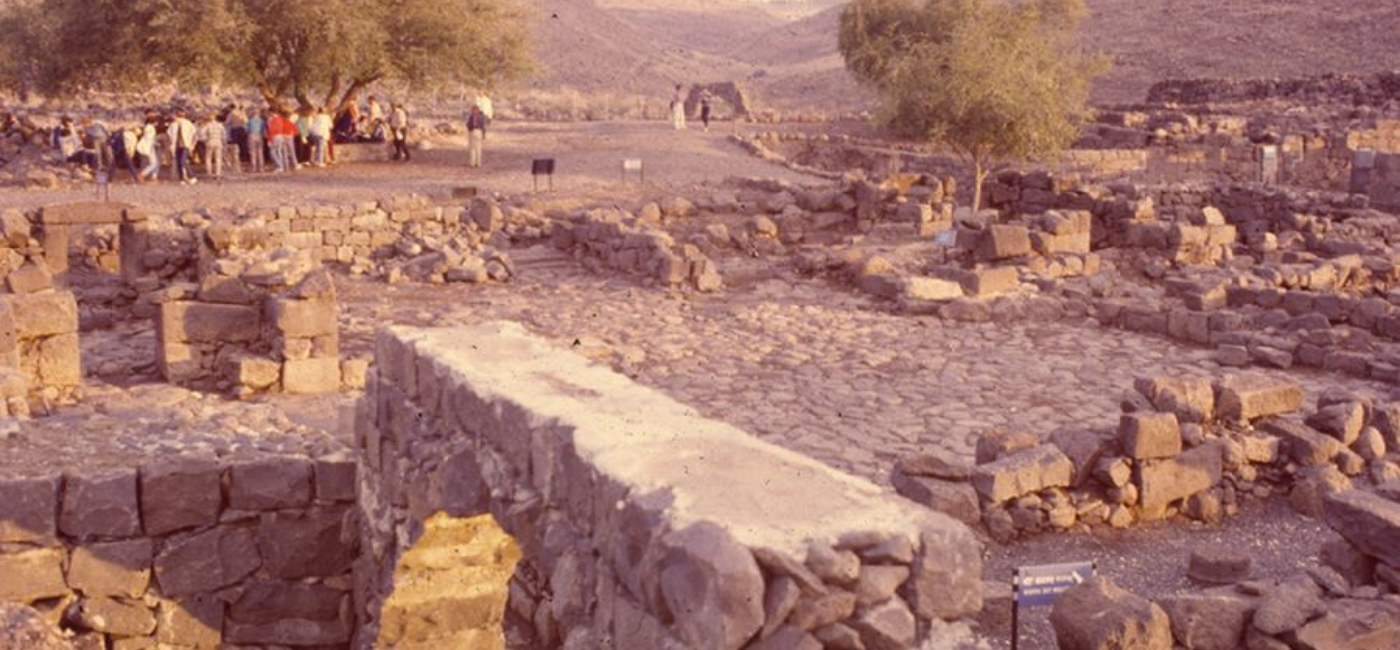
What Did Jesus Mean by "Many Mansions"?
March 7, 2016
In speaking to his disciples, Jesus said, “In my Father’s house are many mansions,” (John 14:2, KJV). Apart from Jesus’ immediate context (celebrating the Last/Passover Supper with his disciples in an oikia [a palatial estate, Lk. 22:10] versus an oikos [normal private dwelling]), these words of Jesus should appear to us highly unusual. Does He perhaps have in mind the multi-leveled, many-roomed mansion where they were currently celebrating? Even so, how would His hearers have understood a metaphor for heaven that suggested that within God’s house were situated thousands and thousands of individual “mansions”?
The Greek word monai only appears here in John 14:2 and 23 in the New Testament (NT). The meaning “abodes/dwelling places/rooms,” however, is abundantly attested from early Classical Greek literature on through the writings of the early Church Fathers after the NT. Used in this context, it simply means “[small] rooms,” and this is precisely the way the KJV translates the only other use of the term in v. 23. Why, however, would Jesus employ such a common, even mundane, word to describe the location of our heavenly future?
First, we must recognize Jesus as a master teacher who was very skilled in the use of visual aids and word-pictures. It was second-nature for Him to hearken back to the carpenter’s shop and contrast a “fleck of sawdust” with a “roof-rafter” (Matt. 7:3-4). He was as at home with rural references like “birds of the air” (6:26) and “lilies of the field” (6:28) as He was with references like “the gold of the temple” (23:16-17) and “whitewashed tombs” (23:27) in the holy city.
So when Jesus refers to life in eternity being like children who will have our own private rooms inside the family home overseen by our heavenly Father, does He have some specific point of reference in mind? A quick review of the way Jesus typically uses visual aids suggests very strongly that He does—but after 2000 years, discovering them is the challenge! Thankfully, we live in a time when archeology is more than 100 years old as a science, and thankfully, the land of Israel is the most intensely excavated country in the world.
Years ago, archeologists began to discover a very unique style of private dwelling that has come to be referred to simply as the “insula.” This style of home appears to have had its start in places like Rome, Pompeii, and Ostia, and it was soon adopted in Palestine in the Roman Period. They have been discovered in places like Samaria, Capernaum, Meiron, Arbel, in the Negev (David A. Fiensy’s “The Galilean House in the Late Second Temple and Mishnaic Periods” in David A. Fiensy; and James Riley Strange, Galilee in the Late Second Temple and Mishnaic Periods, Volume 1: Life, Culture, and Society. Minneapolis: Fortress, 2014, pp. 222-4) and at Chorazin.
David Fiensy describes the floor-plan of such homes, “[They] consisted of central courtyards with rooms on all sides…..living rooms and other rooms…” (p. 221). In Jesus’ hometown of Capernaum, there were “[s]mall house-rooms (in insula fashion) surrounded large courtyards…” (p. 198). When the need arose, the insula was “simply gradually enlarged by adding more and more buildings to the compound…The courtyard still dominate[d] the domestic space. But multiple rooms [were] added over the years to the courtyard until the floor space of the rooms [was] more than the space of the courtyard” (p. 219). He continues, “Each nuclear family would have lived in a single room and shared the courtyard with other…families or perhaps with other kin. This architectural style was typical for most of the houses in first-century Capernaum” (p. 224). ). Authorities have estimated that the home of Peter in Capernaum consisted of at least 15 rooms and could accommodate at least 100 people (Jerome Murphy-O’Connor. The Holy Land: An Oxford Archeological Guide from Earliest Times to 1700. Oxford: Oxford University Press, 2008, p. 254). In some instances such as the insula at Chorazin, more than 150 people inhabited the same home.
Despite their size, their “walls were so weak that…they could never have held a stone slab roof. The roofs must have been beams, brush, and plaster” (Fiensy, p. 198). It is evident that all of these were one-story homes because the walls were so poorly constructed, but the roof was often easily accessed by means of outside staircases, the bases of which were found attached to a number of houses in Capernaum (Fiensy, p. 224 note 32).
This description coupled with the image above is surely the visual image Jesus had in mind in His teaching about heaven, and because this architectural motif was so popular in Roman Palestine, Jesus could assume that His audience (the Twelve) could easily understand His frame of reference. Everyone at the meal possessed shared knowledge and first-hand experience with this style of home. It wasn’t fancy: it provided shelter for the common people of the day. But it was home! It represented the close-knit, supportive, loving, extended families that ate, worked, played, and worshiped together. In this respect, it served as the ideal picture of heaven that Jesus sought to convey — an ongoing (eternal) “Walton’s Mountain” or your-favorite-family-reunion-ever kind of feel. It recalled the times when mom, dad, all the grandparents, brothers and sisters, all their husbands and wives and children, uncles, aunts, and cousins were all together and everything was right in the world.
Amazingly after all these centuries, thanks to God’s providential care of His Word and the very hard work of many archeologists, we are able to “see” the same word-picture that Jesus painted 2,000 years ago almost as clearly as His original disciples saw it. We “see” that Jesus was an incredible communicator Who clarified for us that heaven is an intact, nurturing, loving, joyous, supportive family living together in the presence of its head, our loving Father. Also a master of subtlety, since family and home had become for Jesus a figure of heaven, could it be that He’s calling on us (or simply assuming of us) as His followers that our homes and families should just as easily be used as a picture of heaven as well? One thing is for certain, that when Christians literally walk where Jesus walked and experience God’s Word with historical context in place, the message of Scripture becomes instantly clearer to them — “faith becomes sight” — with a profound and often life-changing impact.
Posted In Archaeology Israel Devotional
